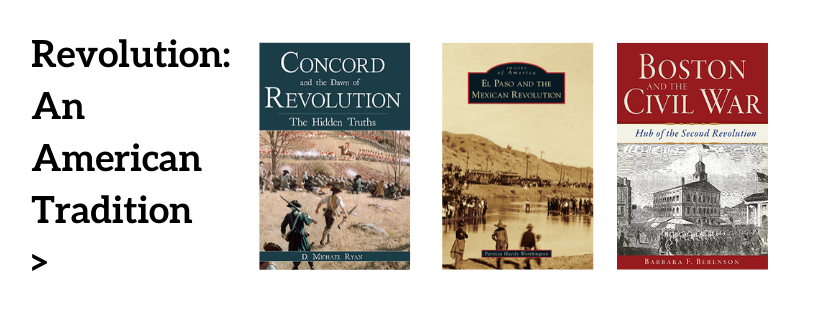
Remember the Alamo! Remember Gonzales? Well, maybe not. Texans sure do love their rich, shared history, and they especially love reminding non-Texans that their beloved state was once its own nation, the Republic of Texas. Every Texan worth his salt knows about the tragic Fall of the Alamo and the victorious Battle of San Jacinto. Here are some golden moments in the history of the Lone Star State that are just as important in decoding Texan DNA.
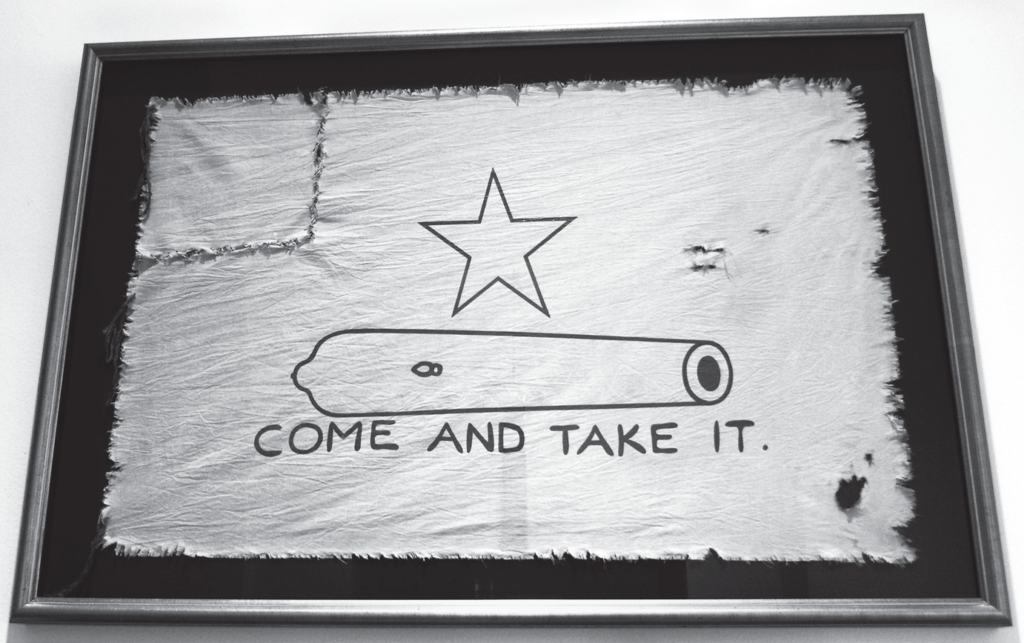
Come and Take It
Modern Texas was once a far-flung Mexican colony, and from 1825 onward, the Mexican government allowed Anglo settlements in central Texas. Colonists were under constant treat of attack from local Native tribes, but all they got for protection was a small cannon. When General Antonio Lopez de Santa Anna seized control of Mexico, Texan settlers grew unsatisfied with the dictator. Following the severe beating of a Gonzales resident by a Mexican soldier, public protests bubbled over. Fearing a general uprising, the Mexican garrison at San Antonio sent a detachment of soldiers to Gonzales to retrieve the cannon. The colonists declined to return it. When more soldiers returned, the Texans felt threatened and prepared to defend themselves. Attacking the Mexican soldiers, the Texas militia fired the small cannon and raised a homemade flag with the image of a cannon and a star painted in black above the words “Come and Take It.” After the fighting had concluded, angry colonists continued to gather in support of the revolutionary banner. Although only a minor skirmish, The Battle of Gonzales became a magnet for all Texans who opposed Santa Anna. The Texas Revolution had begun.

Goliad
Santa Anna’s army took no prisoners at the Alamo. Sam Houston, commander of the Texas Army, ordered Colonel James Fannin to abandon their makeshift quarters at the Presidio La Bahia in Goliad, but Fannin’s retreat was a disaster. When the Mexican Army caught up with Fannin’s men, they surrendered. General Urrea could not accept any terms other than unconditional surrender. The wounded prisoners returned to Goliad in carts and wagons. On Palm Sunday of 1836, guards fired on marching prisoners from point-blank range; and the wounded captive were bayoneted or clubbed to death. The Mexican Army burned bodies of the nearly four hundred victims. A handful managed to escape the Massacre at Goliad, Texan revenge would be found at the Battle of San Jacinto where shouts of “Remember Goliad!” and “Remember the Alamo!” would echo across the battlefield and into Texas lore.
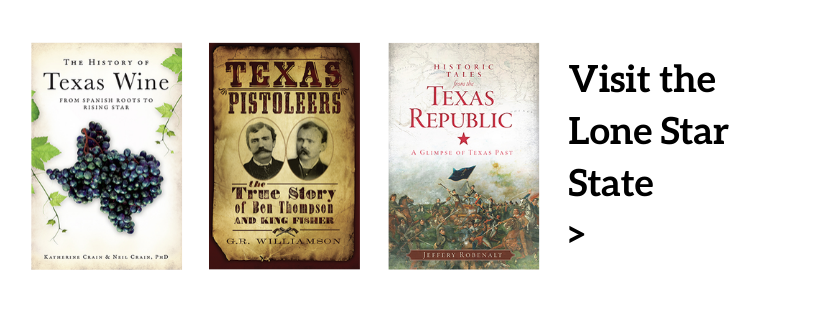
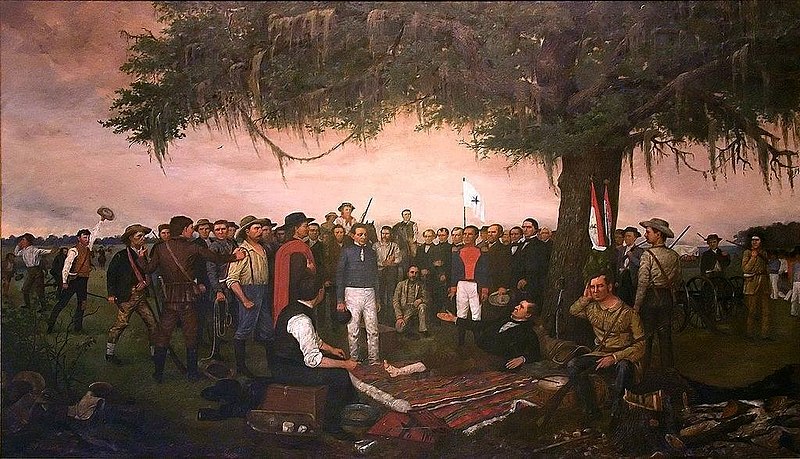
Santa Anna Surrenders
Weeks later, the decisive final battle in Texas’s war for independence from Mexico was fought and won on a prairie at the mouth of the San Jacinto River. General Sam Houston and the Texan Army defeated President Santa Anna and his army of over six hundred soldiers. Santa Anna would eventually be captured and brought to a wounded Sam Houston on the battlefield. Ignoring the public’s cries for the Mexican leader’s execution, Sam Houston shrewdly allowed Santa Anna to stay alive to ensure Mexico’s recognition of the new Republic of Texas and their
retreat to the Rio Grande.
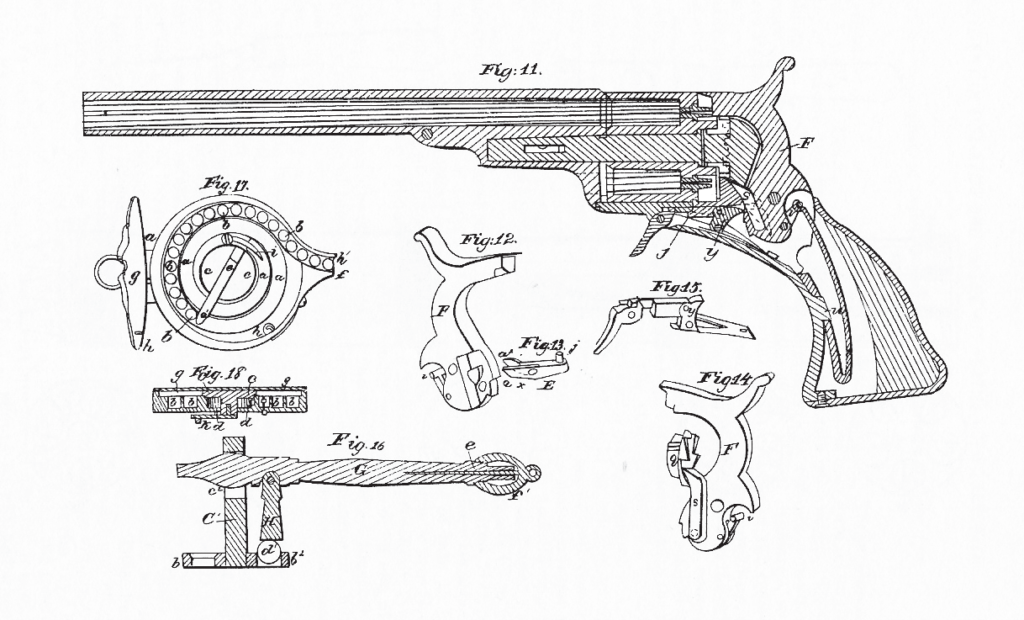
Pistol-Packing Rangers
Texans witnessed a long-running struggle between the Comanches and the Texas Rangers. But it was during the Battle of Walker’s Creek that the Comanches were finally outmatched, due in large part to the latest tech — the Colt Paterson revolver. Walker’s Creek marked the first time that an entire company of Texas Rangers armed with Colt revolvers participated in combat, and Captain Jack Hays attributed the victory solely to the Patersons. The Colt Paterson revolver caused a revolution on the Texas frontier, and mounted warfare between the Comanches and the Texas Rangers would never be the same. A Texas icon was born.
